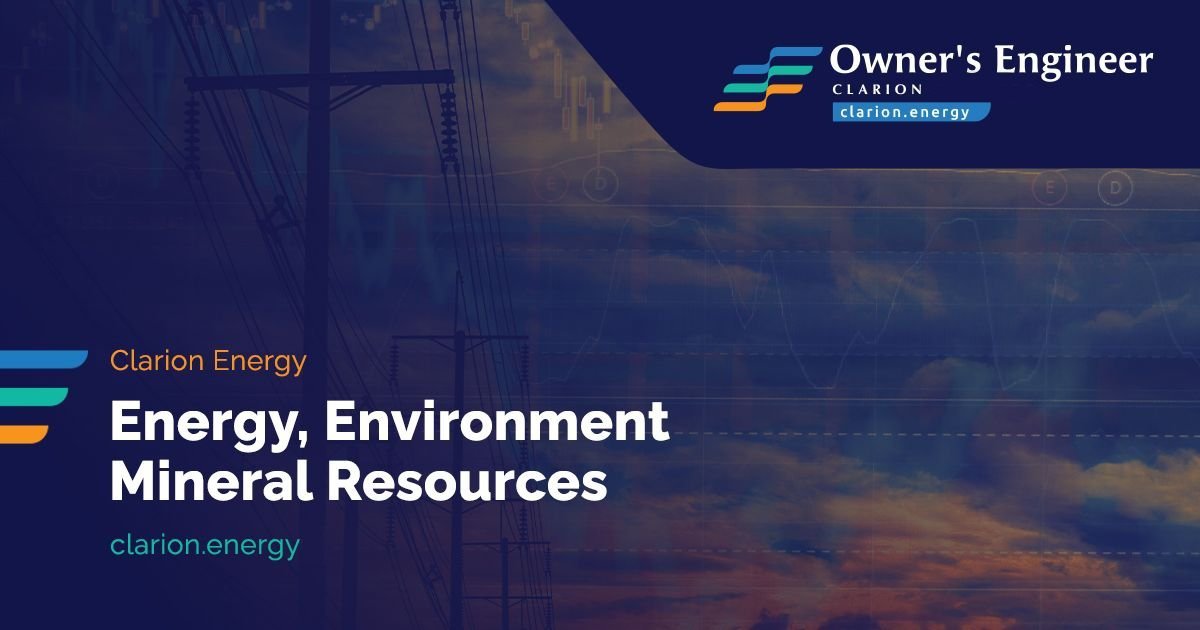In order to boost energy efficiency investments, the Energy Community (EnC) Secretariat and the European Bank for Reconstruction and Development (EBRD) have teamed up to issue joint Policy Guidelines to help Energy Community contracting parties to design and establish effective centralized financing mechanisms.
Director of the Energy Community Secretariat Janez Kopac said that attracting funding for energy efficiency is relatively easy, the tricky part is getting the design and governance structure of centralized energy efficiency finance schemes right. By sharing best practices, today’s Policy Guidelines can make a real difference for contracting parties and help energy efficiency improvements truly take off the ground.
Nigel Jollands, Associate Director at the EBRD said that these Policy Guidelines distil best-practice on structuring effective and efficient centralized EE schemes, and will be a valuable resource for practitioners in the Energy Community navigating this complex area. Incidentally, the Guidelines would also be a useful reference for policy makers targeting job creating energy efficiency stimulus programs as part of economic recovery packages in response to the COVID-19 pandemic.
Under Article 3 of the current Energy Efficiency Directive, Energy Community contracting parties must achieve a 20 % improvement in energy efficiency by 2020, with new targets for 2030 to soon be adopted. Centralized (publicly led) financing mechanisms can play an important role in achieving these savings. The Policy Guidelines aim to support the design and establishment of such mechanisms, covering design considerations such as sources of funding, types of financial instruments, allocation approaches, and good governance. The recommendations are tailored to the specific circumstances of Energy Community contracting parties’ institutional and policy settings.












